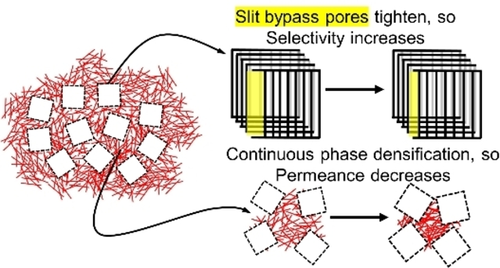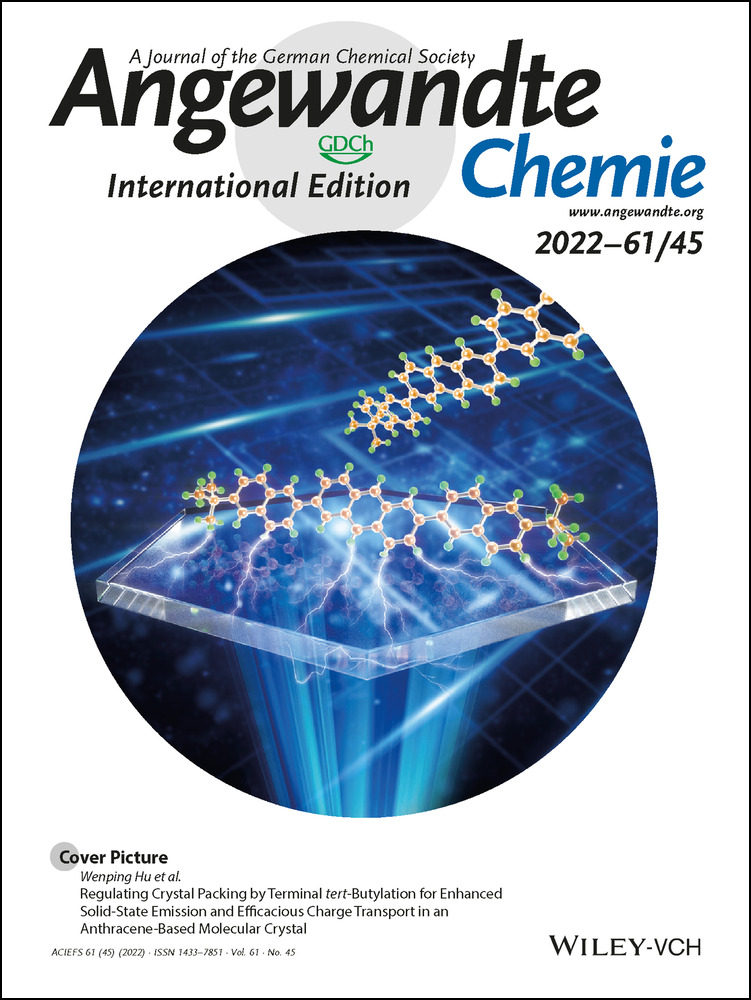New Insights into Physical Aging-Induced Structure Evolution in Carbon Molecular Sieve Membranes
Graphical Abstract
CMS membranes derived from polyimide precursors show dual model morphologies comprising a disordered continuous phase and distributed molecular sieving Langmuir domains. Our study showed that during physical aging, pore structure changes in the two different “C” phase and “L” domains both occur, which affects the gas separation performance of CMS membranes.
Abstract
Carbon molecular sieve (CMS) membranes offer the best available combination of scalable economical processability with excellent separation performance. Physical aging of CMS membranes causes pore structure changes over time that affect CMS membrane performance. To provide fundamental insights into the structure evolution in CMS membranes during physical aging, a combined dual-mode sorption and transport model is used in this study to characterize the diffusion coefficients of gas molecules in fresh and 7-day vacuum aged CMS membranes. The results show physical aging of CMS membrane is primarily “diffusion related” and such aging behavior simultaneously causes ultramicropore changes in the continuous phase and Langmuir phase of CMS membrane. The new insights offered in this study suggest strategies to control the physical aging of CMS membranes and even use it as a valuable tool to tune the separation performance of CMS membranes for demanding gas separations.
Open Research
Data Availability Statement
The data that support the findings of this study are available from the corresponding author upon reasonable request.





